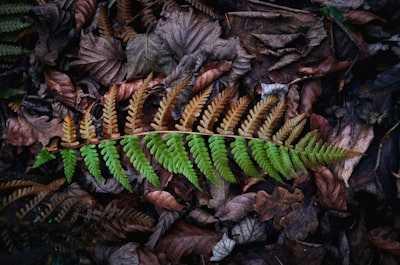Why wonder is the most human of all emotions | Aeon Essays
Curated from: aeon.co
Ideas, facts & insights covering these topics:
6 ideas
·2.77K reads
11
Explore the World's Best Ideas
Join today and uncover 100+ curated journeys from 50+ topics. Unlock access to our mobile app with extensive features.
Describing wonder
Wonder is said to be a childish emotion. However, as adults, we experience it when gaping at something unexpectedly spectacular.
Adam Smith, an 18th-century moral philosopher, describes wonder as something new and singular that is presented, and memory cannot find any image that nearly resembles this unique appearance.
139
709 reads
Bodily symptoms
The bodily symptoms of this strange appearance point to three dimensions:
- Sensory: The marvelous things take hold of our senses - we stare and widen our eyes.
- Cognitive: We are perplexed because we don't have a past experience to understand them. It leads to a suspension of breath, similar to when we are startled.
- Spiritual: We look upwards in veneration, which makes our heart swell.
135
452 reads
The scale of wonder
At the mild end of this emotion, we talk about things being marvelous. More intense emotions might be described as astonishing. The extreme of this experiences is met with expressions of awe.
111
442 reads
Wonder is crucial for science
- French philosopher René Descartes described wonder as the emotion that motivates scientists to investigates phenomena.
- Socrates said that philosophy begins with wonder - wonder leads us to try to understand our world.
- Richard Dawkins portrayed wonder as the core from which scientific inquiry emerges.
132
404 reads
Science, religion, and art
- In a way, science shares much with religion: Both are used to explain life's unknown. Similarly, they have the ability to make us feel insignificant and elevated. Awe, an intense form of wonder, makes people feel smaller than they are.
- Art primarily appeared in a religious context, but when it parted company from religion, it started to crop up in private collections. These collections began to mix with animal specimens, exotic weapons, and decorative books. Art became associated with science.
- The link continued into the 19th century. The British Museum included everything from animal bones to Italian paintings.
- By the end of the century, science and art had parted company. Major cities started to open dedicated art museums, where people could view paintings. These days, we don't think of museums as places of curiosity, but they remain places of wonder.
138
352 reads
Curiosity, creativity, and inquiry
Science, religion, and art are unified in wonder. Each engages our sense, draws out curiosity, and instills reverence.
They are all uniquely human institutions and reflect the cultural maturation of our species. They are inventions for feeding the appetite that wonder excites in us, generating creativity and enduring inquiry.
126
412 reads
IDEAS CURATED BY
Black Stripes's ideas are part of this journey:
Learn more about personaldevelopment with this collection
How to focus on the present moment
How to improve relationships through mindful communication
How to reduce stress and anxiety through mindfulness
Related collections
Similar ideas
5 ideas
Why We Love Dinosaurs
nautil.us
3 ideas
Why do we find circles so beautiful?
sciencefocus.com
Read & Learn
20x Faster
without
deepstash
with
deepstash
with
deepstash
Personalized microlearning
—
100+ Learning Journeys
—
Access to 200,000+ ideas
—
Access to the mobile app
—
Unlimited idea saving
—
—
Unlimited history
—
—
Unlimited listening to ideas
—
—
Downloading & offline access
—
—
Supercharge your mind with one idea per day
Enter your email and spend 1 minute every day to learn something new.
I agree to receive email updates
